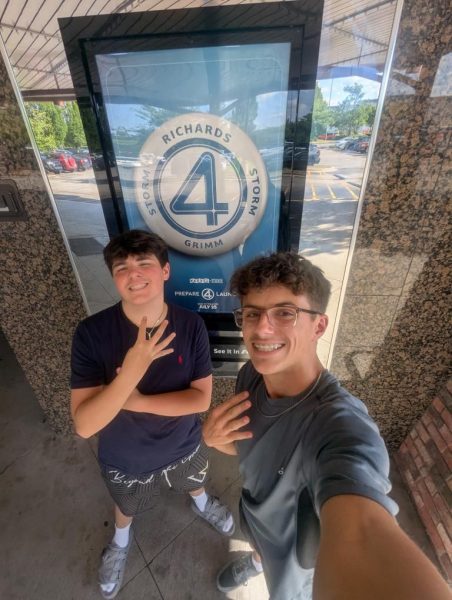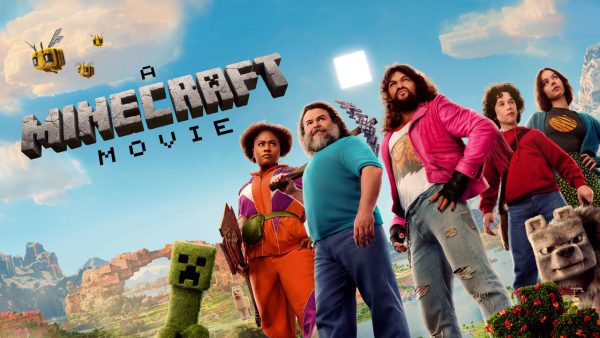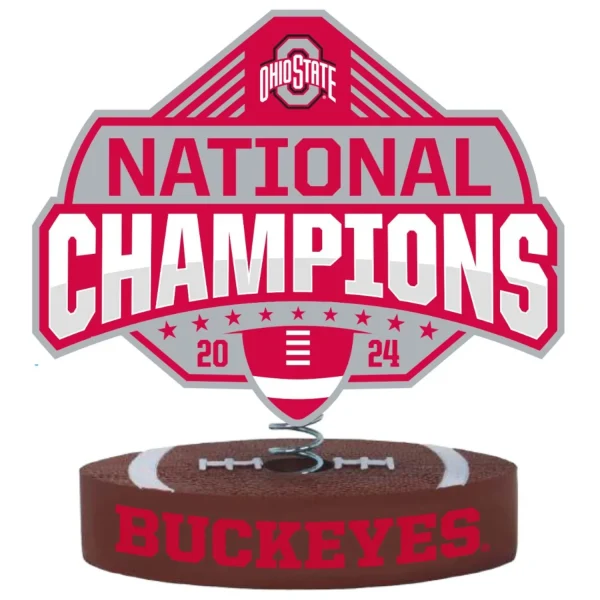The Bluest Eye gleams bright
I decided to do a review on the novel The Bluest Eye by Toni Morrison because I really encourage others to read it. I had never heard of the critically acclaimed novel until we were assigned to read it in AP Book Club. I was immediately drawn to the book due to its mysterious cover and interesting name. I was excited to read the book, and the story exceeded my expectations by far.
The Bluest Eye takes place in Ohio following The Great Depression, and tells the story of a sad little girl named Pecola Breedlove. Pecola’s story is painful to read about due to her introverted awkwardness, horrid family life and peculiar longings. As a young black girl in the 1940’s, Pecola struggles to fit into the biggotive society. Her family is known for their abnormalities and their “ugliness,” which makes it difficult for Pecola to find companions.
I thought that the saddest part about Pecola was her intense longing for blue eyes. She has an obsession with the young actress Shirley Temple, who was quite popular at the time. Pecola idolizes Shirley for her adorable qualities and her charming childish features. But most of all, Pecola admires Shirley’s bright blue eyes. Obviously the blue eyes in the novel are a symbol for white privilege. Pecola thought that if she could somehow acquire blue eyes, she would be loved and thought beautiful by the oppressive society that thought she was ugly. She essentially wanted to become white, because she had grown up in a world where being white was best thing you could be. This is one of the main themes, if not the main theme of The Bluest Eye.
I have always had a thing for sad books, and I knew this book was going to be sad as soon as I started reading it. “Quiet as it’s kept, there were no marigolds in the fall of 1941. We thought, at the time, that it was because Pecola was having her father’s baby that the marigolds did not grow” (1). The very first two sentences immediately sucked me into one of the most melancholy reads of my life. I will warn readers that the story can be quite upsetting at times. There were points where I was utterly horrified by the injustices that occur in the novel. The most awful part is that the sort of things that disturbed me truly happened in that time.
The Bluest Eye was wonderful in the way that it completely engaged me, and taught me a valuable lesson. Toni Morrison is an extremely talented writer who is known for packing so much power into her writing. She most often wrote about the struggles of African-Americans in the world of prejudice and hatred. This novel is her debut novel, the one where she began her legacy as a writer. I could even sense an oncoming storm in the way she wrote it.
After finishing the book, I felt like as if I had lived within Pecola. Although the story was never in the narrative of Pecola, she was described powerfully by the other narrators. The story’s POV was a cross between third person omniscient and limited. The point of view changed throughout the book, which added to its mysteriousness. Each person that essentially narrated the story at some point had some kind of occurrence with the girl. It was in the view of her mother, father, her friends (kind of), sisters Frieda and Claudia, a racist black woman, and a pedophilic preacher. Each character describes Pecola and shares their view of the girl, but Pecola is never really given the chance to do that. I was left wanting more in a really great way.
Overall, The Bluest Eye was a wonderful read. Toni Morrison’s poetic style of writing has appealed to me enough that I desire to read all of her work. I recommend this book to people who enjoy being sad. If you want to read it, please prepare yourself for some disturbing looks into realities of our society. This book definitely changed my way of perception on certain topics, and I guarantee it will do the same for anyone who reads it.










